Na-Solid Electrolyte Interphases
We are proud to be part of a collaborative publication with the Laboratory of Energy Storage and Conversion on “New Insights into the Interphase between the Na Metal Anode and Sulfide Solid-State Electrolytes: A Joint Experimental and Computational Study” published in ACS Applied Materials & Interfaces. This combined experimental and computational study shows that capacity fade is primarily brought about by the reaction between the Na anode and Na solid electrolytes such as Na3SbS4, Na3PS4, and Cl-doped Na3PS4, and demonstrates techniques that can be used to identify the interfacial products. Read the article here!

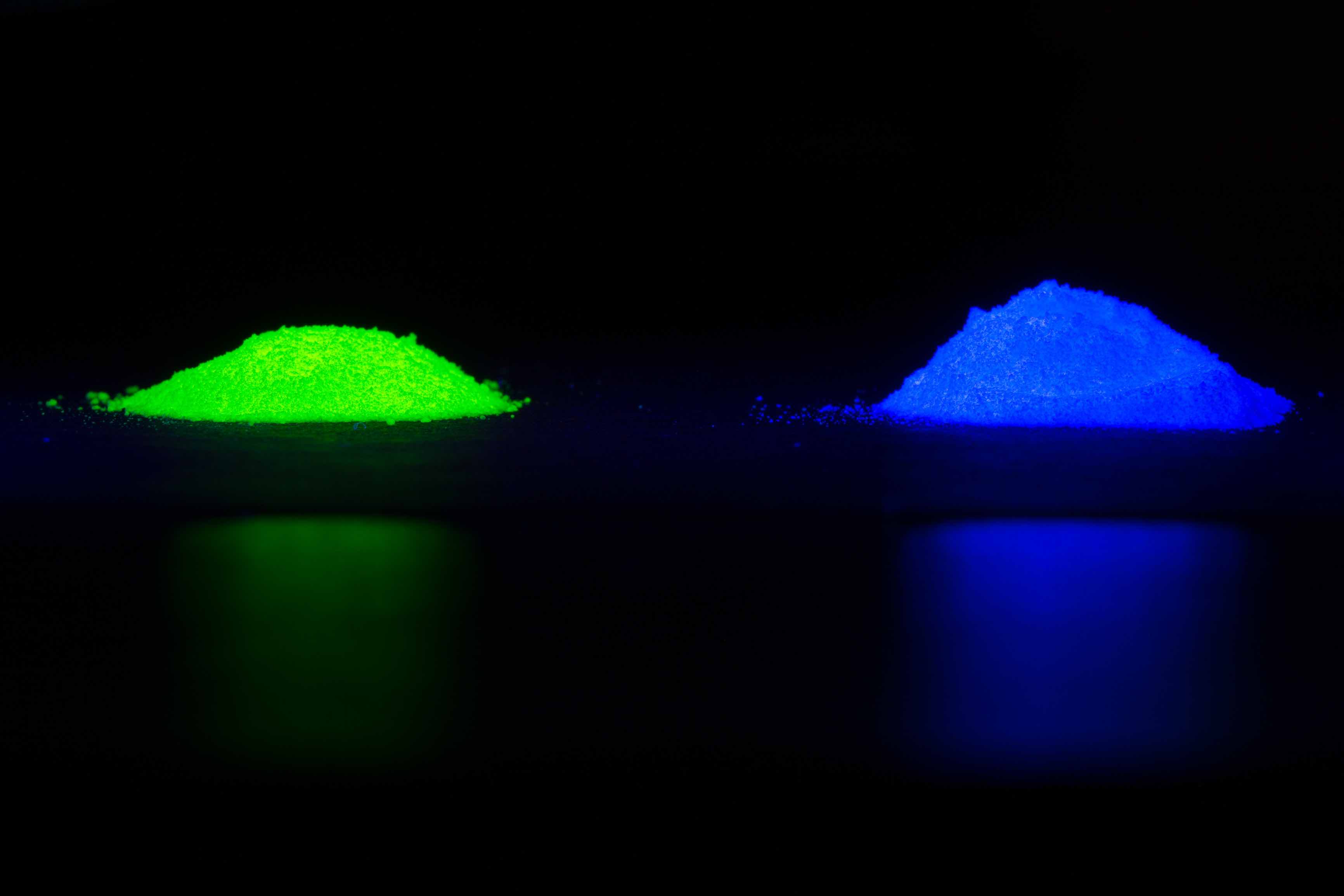
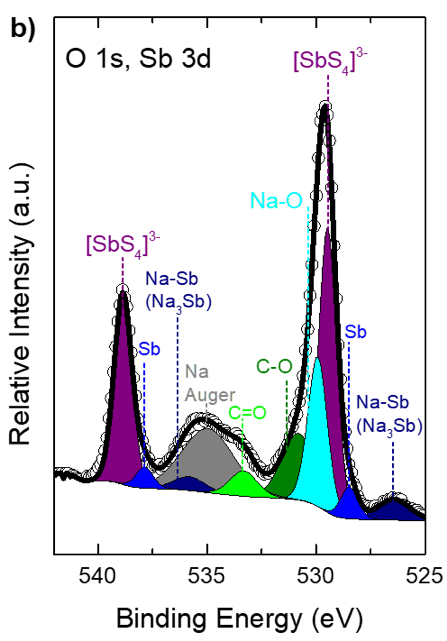

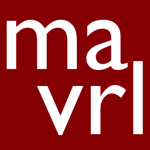
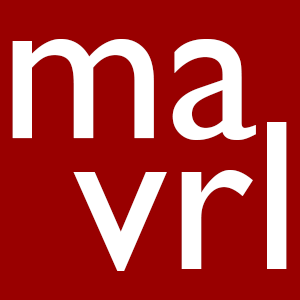
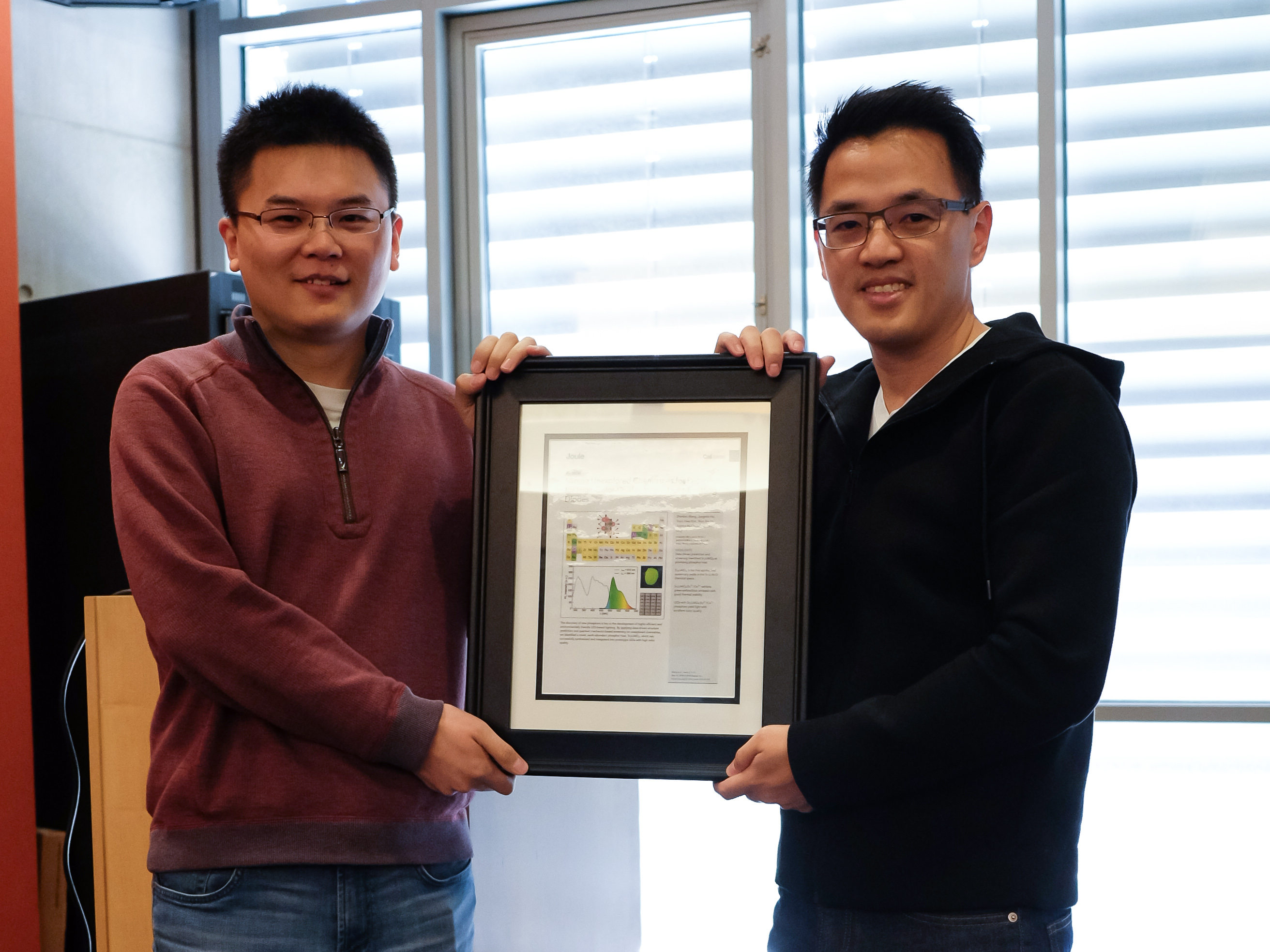





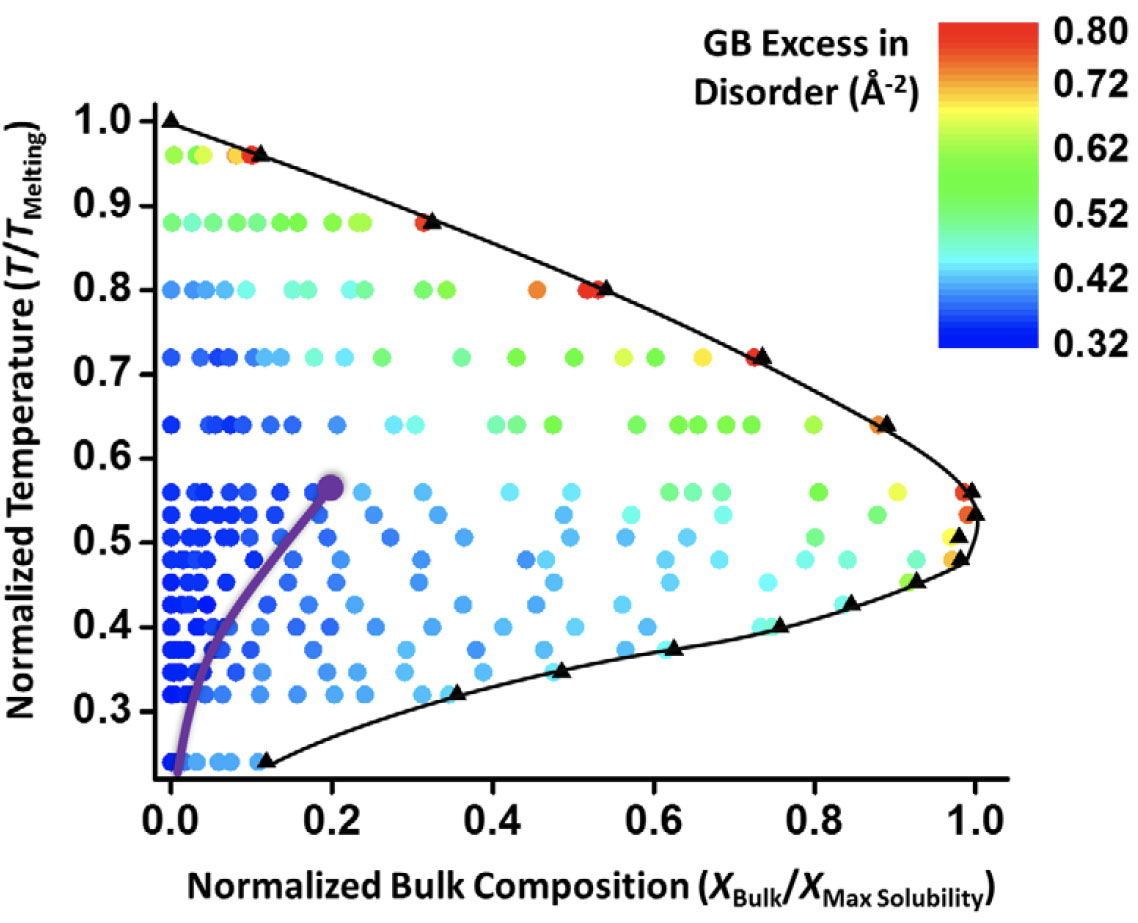
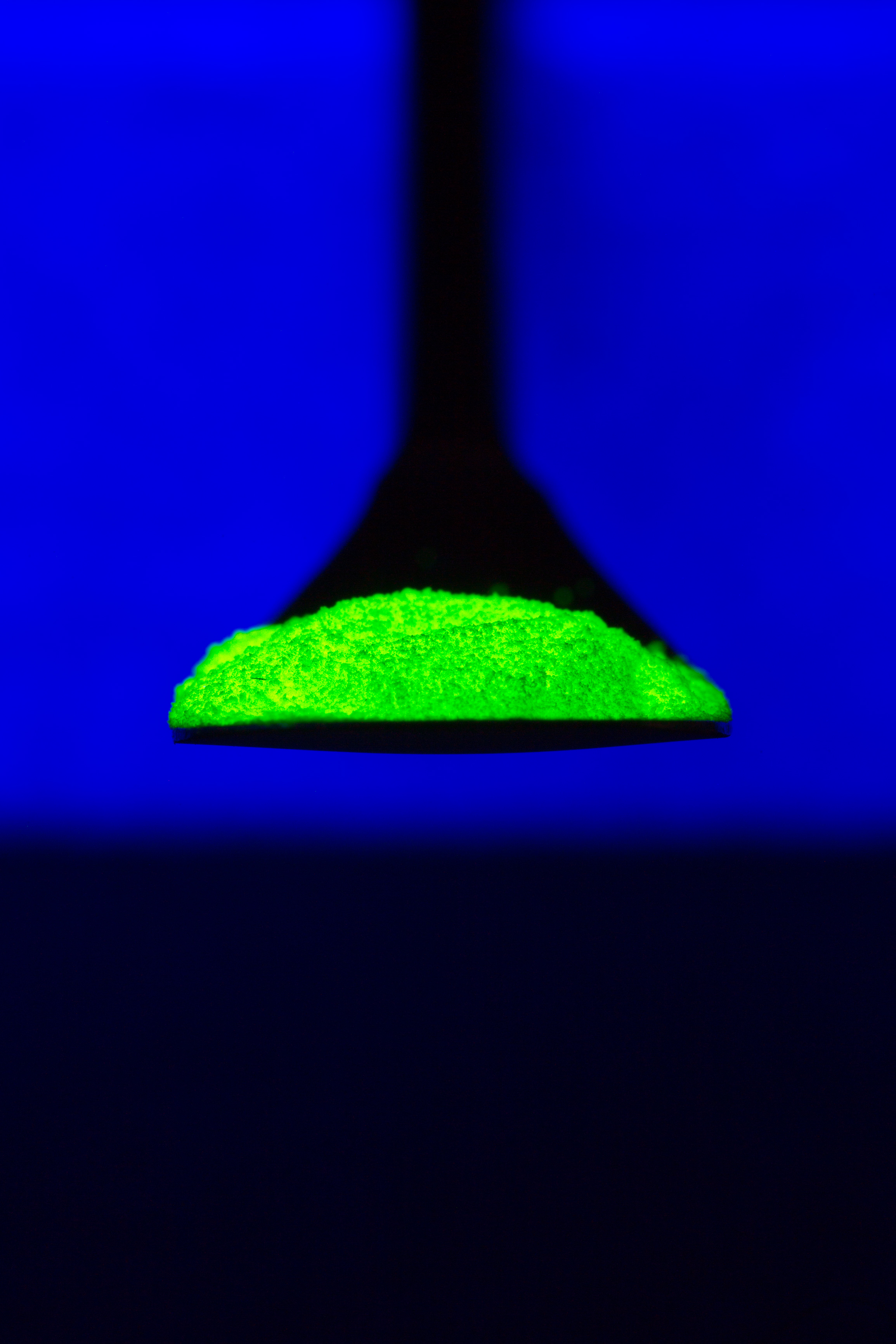
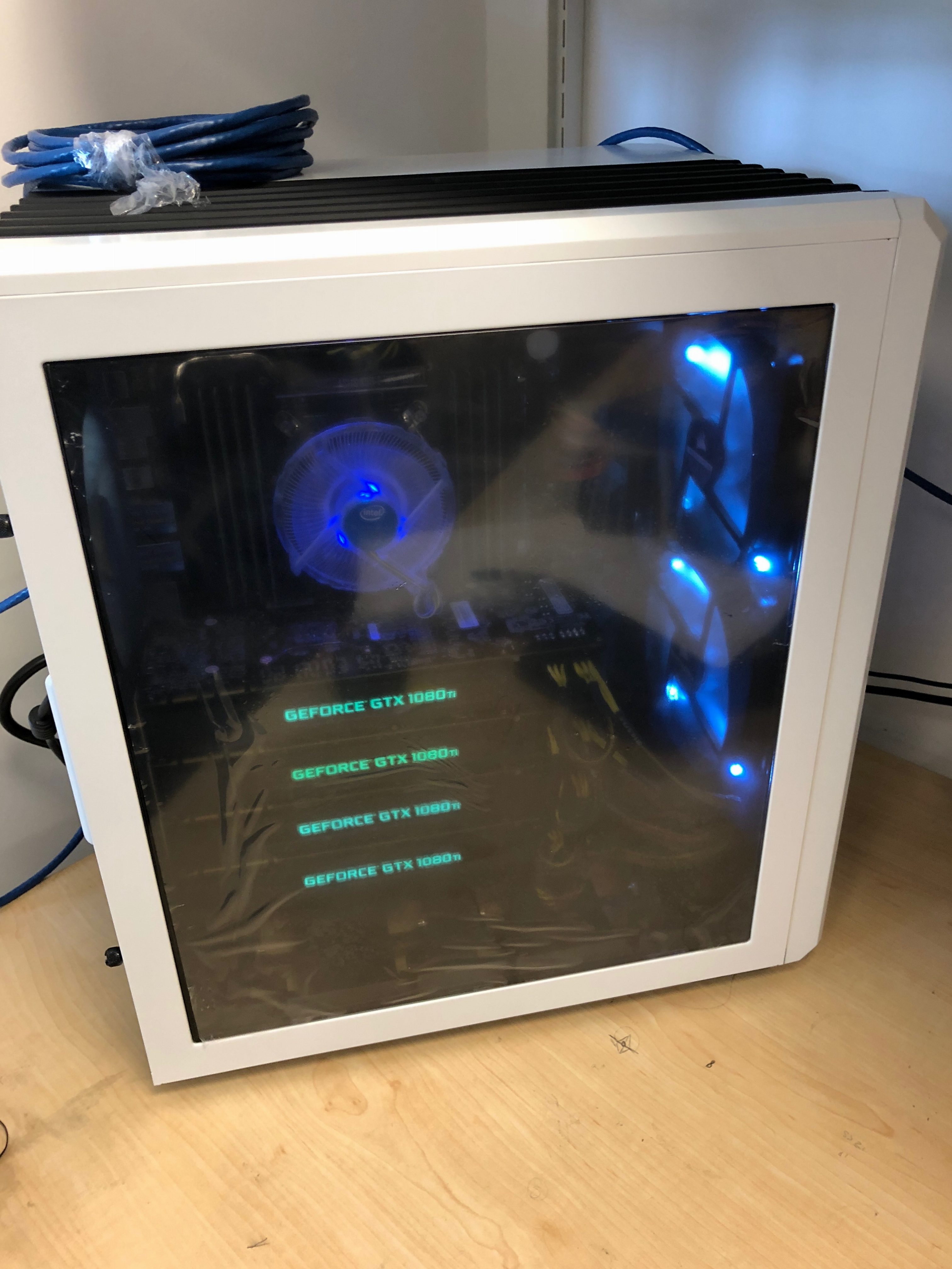
You must be logged in to post a comment.